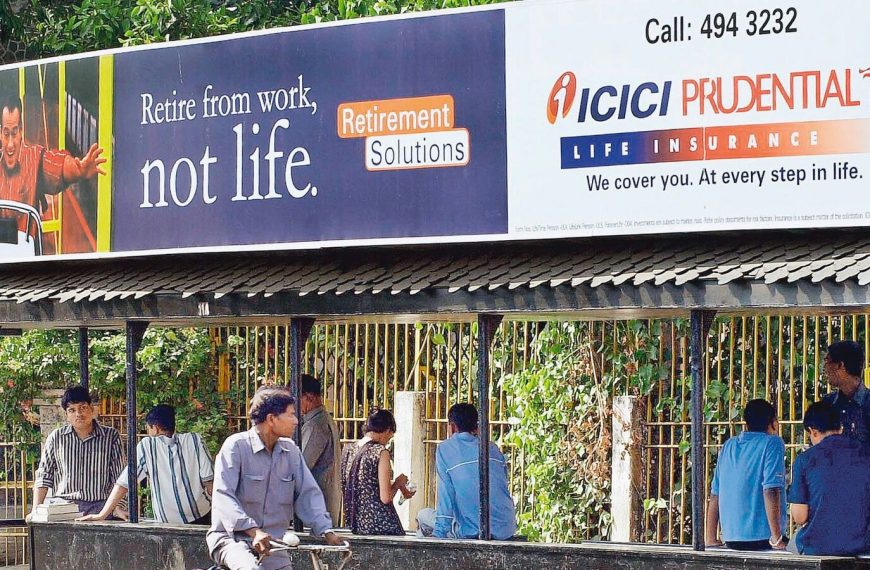Amidst a turbulent month for the Treasury market, inflation-linked bonds are experiencing significant setbacks, primarily influenced by rising yield rates. Recent data reveals that the yields on Treasury Inflation-Protected Securities (TIPS) have surged, outpacing the increases seen in traditional Treasury bonds. For instance, the yield on 30-year TIPS has climbed by 41 basis points, marking its highest level since 2008, while the yield on standard 30-year Treasury bonds has seen a rise of about 32 basis points, reaching levels not seen since January.
Understanding the Yield Dynamics
The disparity in yields between TIPS and regular Treasuries is crucial. This difference indicates the average expected inflation rate that investors anticipate until the bond matures. When TIPS yields increase more significantly, the so-called breakeven rate tends to decrease, suggesting that the market’s inflation expectations might be shifting.
However, it’s essential not to attribute the recent underperformance of TIPS solely to inflation expectations. According to Michael Pond, the head of global inflation market strategy at Barclays Capital Inc., there are other factors at play. The TIPS market is relatively smaller, with around $2 trillion in outstanding securities compared to the $20 trillion in conventional Treasuries. This limited size means that even slight shifts in inflation expectations can cause significant dislocations due to a lack of liquidity.
Historical Context and Current Trends
Pond notes that we have witnessed similar patterns in the past, referencing the 2008 financial crisis, the March 2020 Treasury market liquidity crisis, and the regional banking issues earlier in 2023. While short-term inflation expectations have spiked—partly fueled by concerns over President Donald Trump’s tariff policies—long-term projections for TIPS with maturities of five, ten, and thirty years indicate that an impending economic slowdown could lead to disinflation.
The Federal Reserve may face challenges in responding effectively to this slowdown if inflation rates remain high. A recent consumer survey conducted by the University of Michigan highlighted a concerning rise in expected inflation rates, reaching 6.7% for the upcoming year, the highest figure since 1981, up from 5% just last month.
Supply and Demand Imbalances
The current turmoil in the TIPS market is further complicated by a supply and demand mismatch. As the US Treasury continues to increase the size of its TIPS auctions, investor interest—particularly for long-term TIPS—has waned since 2022, when funds faced losses due to rising interest rates.
Pond warns investors that the TIPS market has historically shown vulnerabilities and suggests positioning for breakeven rates that may fall further than fundamental factors would typically warrant. "The TIPS market has a tendency to break," he asserts, indicating that investors should remain cautious as conditions evolve.
In summary, while inflation expectations play a role in the TIPS market’s performance, broader market dynamics and historical trends also significantly influence its trajectory. Keeping an eye on these developments will be crucial for investors navigating this complex landscape.











